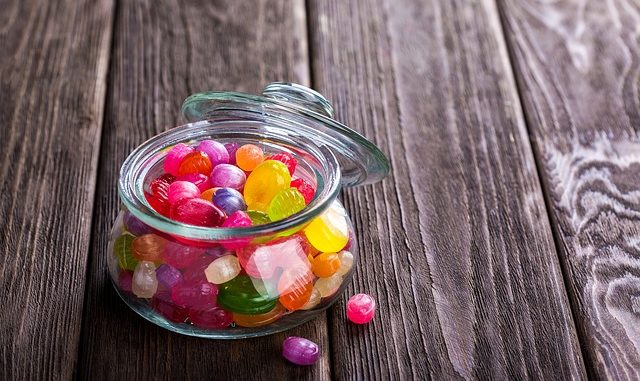
Can choosing junk food also help you pick something healthier? It seems an unusual assertion to make, but the title of a study in Psychological Science suggests this paradox probably exists. It would appear that we are likely to choose some healthy food when it is mixed or intermingled with not so healthy food or junk food as it often gets called. We can all see that obesity levels in the developed and developing world are increasing markedly with all the different disease states that entails. It also appears that no matter how slim you are, choosing to eat junk food increases your chances of developing cancer. So finding ways to encourage us to east more healthily need to be found.
In a grocery store, junk food and very healthy food are segregated and it this is made very clear when we visit a retailer such as a grocer. When the food is not segregated as it usually is, our choices are for want of a better word, more blurred. The question is why does this happen and is it really obvious ?
The Study
Researchers from Duke University looked at the choices a group of people made in terms of their food. They analyzed what motivated them to choose the healthy options when they were in the same or close proximity to each other.
The subject group were 79 people from the Durham-Chapel Hill part of the state of North Carolina (USA). They were asked to fast for four hours beforehand and so that they started the investigation as hungry folk. They were presented with a one-to-one choice of healthy to unhealthy food which could be salmon (healthy) and cookies like Oreos or Snickers bars (no-so-healthy). All the participants went for the tastier treat. Probably makes perfect sense.
Then, the participants were presented with the same foods but paired with other unhealthy foods. In that scenario, participants were twice as likely to choose the healthy option even if they had a 50 per cent chance of receiving either of the foods.
To explain this strangely peculiar finding might be based on how we see foods in a grocery or retailer. The researchers studied the eye movements of the participants using eye trackers. They looked more attentively at the salmon and the other foods perceived to be healthy whilst being surrounded by the more unhealthy and indulgent treats.
Scott Huettel, professor of psychology and neuroscience at Duke University has the final word:-
“When people choose foods, they don’t simply reach into their memory and pick the most-preferred food. Instead, how much we prefer something actually depends on what other options are available.”
“If you see one healthy food and one unhealthy food, most people will choose the indulgent food. But if you add more unhealthy foods, it seems, suddenly the healthy food stands out.”
Nicolette Sullivan, a postdoctoral associate in psychology at Duke University and co-author of the study alluded to one of the possible explanations might be the way that food is displayed. She is quoted:-
“When people see a wall of cabbage and broccoli, that may not encourage people to choose it.”
“Right now, food items are very segregated: here’s the produce, here are the candy bars. Yet maybe if we put something healthy in the middle of the snack food section, perhaps that might encourage people to choose it.”
The final word from the study is that they are keen to encourage new approaches to developing a healthier diet.
The findings come from Duke University press releases and the study itself.
https://doi.org/10.1177/0956797618817509

Leave a Reply